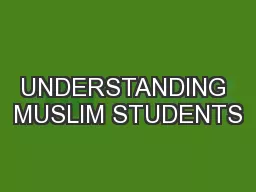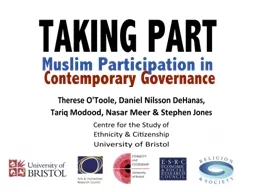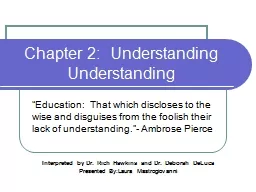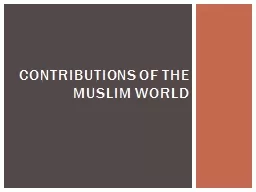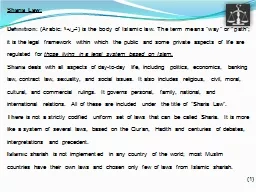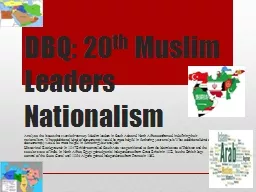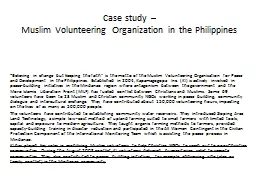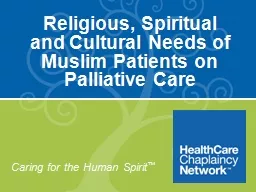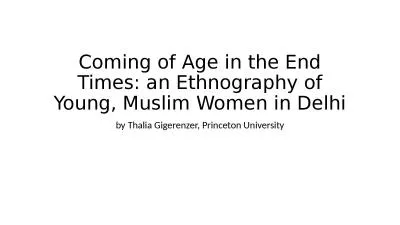PPT-UNDERSTANDING MUSLIM STUDENTS
Author : natalia-silvester | Published Date : 2017-12-09
Presented on January 10 2013 by Ashley Arnold Jacob Arzaga Derrick Gutierrez Alysha Martin Ben Speicher Presentation Outline Learning Outcomes Introduction Knowledge
Presentation Embed Code
Download Presentation
Download Presentation The PPT/PDF document "UNDERSTANDING MUSLIM STUDENTS" is the property of its rightful owner. Permission is granted to download and print the materials on this website for personal, non-commercial use only, and to display it on your personal computer provided you do not modify the materials and that you retain all copyright notices contained in the materials. By downloading content from our website, you accept the terms of this agreement.
UNDERSTANDING MUSLIM STUDENTS: Transcript
Download Rules Of Document
"UNDERSTANDING MUSLIM STUDENTS"The content belongs to its owner. You may download and print it for personal use, without modification, and keep all copyright notices. By downloading, you agree to these terms.
Related Documents

